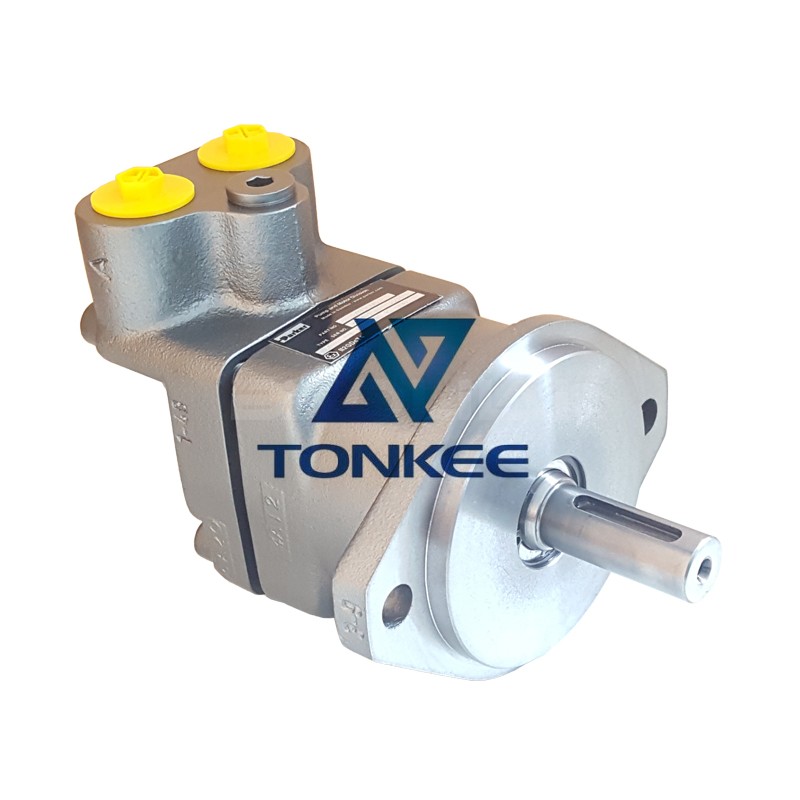
Piston Assembly:
The piston assembly is a crucial component of the F11 pump.
It consists of a set of pistons that reciprocate within the cylinder block to generate hydraulic pressure. When replacing the piston assembly, it is vital to ensure that the pistons have the correct diameter, surface finish, and material composition to maintain the pump's performance and efficiency.
Cylinder Block:
The cylinder block houses the pistons and the swash plate mechanism. It should be replaced if it shows signs of wear, damage, or excessive leakage. The replacement cylinder block should have the same specifications as the original, including bore size, piston diameter, and material construction.
Valve Plate:
The valve plate is responsible for controlling the flow of hydraulic fluid into and out of the pistons. It contains various valve ports and passages. When replacing the valve plate, it is crucial to match the original valve plate's design, including the number and configuration of the valve ports, to ensure proper hydraulic flow and performance.
Swash Plate:
The swash plate is an essential part of the F11 series pump as it converts the rotating motion of the drive shaft into a reciprocating motion of the pistons. The replacement swash plate must have the same angle and design as the original to maintain the pump's performance and efficiency.
Bearings and Seals:
Bearings and seals play a vital role in preventing fluid leakage and ensuring smooth operation of the pump. When replacing these components, it is important to select high-quality bearings and seals that meet or exceed the original specifications. This includes the material composition, dimensions, and sealing properties.
Drive Shaft:
The drive shaft connects the pump to the power source, typically an electric motor or an engine. When replacing the drive shaft, it is important to ensure that the replacement shaft has the correct length, diameter, and keyway design to properly interface with the power source and maintain the pump's rotational speed and torque requirements.
Housing and Mounting:
The pump housing and mounting components should be inspected during the replacement process.
Any signs of wear, damage, or misalignment should be addressed. If replacement is necessary, the new housing and mounting components should match the original specifications in terms of material composition, dimensions, and mounting hole patterns.
Filtration System:
Lastly, the F11 series hydraulic pump relies on a proper filtration system to ensure clean hydraulic fluid. When replacing the filtration components, such as filters and filter elements, it is crucial to choose products that meet or exceed the original specifications in terms of filtration rating, flow capacity, and compatibility with the hydraulic fluid being used.








